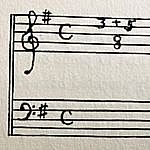John Henryby Traditional

Songfacts®:
- This folk song tells the story of John Henry, an enormous man who worked on the Big Bend Tunnel near Talcott, West Virginia. The tunnel was carved through the Big Bend Mountain so the railroad could go through it instead of around it. Work began on the mile-and-a-quarter tunnel in 1870, and the project was completed three years later. It was grueling work, requiring men to pound away at the rock with hammers so they could insert dynamite.
John Henry, as portrayed in this song, was determined to prove that he could do a better job than a new piece of technology: a steam drill. A contest was staged pitting him against the machine; he won, but died from the exertion.
There may or may not have been a real John Henry, but his legend lives on in this song, which has taken on many forms over the years. The tunnel is real, and a statue depicting John Henry stands on the site. His ghost is rumored to haunt the tunnel. - Much of the John Henry story can be traced to the author Guy Johnson, who published a book called John Henry: Tracking Down a Negro Legend in 1929. Johnson obtained lyrics to the song that he estimated were written down in 1900. This early version was called "John Henry, Steel Driving Man" and contained 12 stanzas. Variations of the song have appeared with construction crews and chain gangs as the settings.
- Artists to record this song include Peter Seeger, Pink Anderson, Chet Atkins, Paul Robeson, Harry Belafonte and Bruce Springsteen.
- Folk historian Dan Whitener, who recorded the song in 2015 with his band Gangstagrass, explained in a Songfacts interview: "In the early versions, John Henry is black. He's a worker, and he may not necessarily have agency over whether or not he competes in this race. The history of labor in this country, you go back to miners and railyard workers, and the amazingly deep history of injustice, it's embedded in a lot of our folk music, but you hear different versions of the song and you might not necessarily get all those details.
You think about who John Henry was, and the struggles he had to contend with and the symbolism. What does it mean that this guy is racing against the steam drill? What does it mean that he wins and he dies? What does it mean for his life?
On face value, it's a cool thing, like, man, that guy's so strong, and you can read sort of an allegory about the Industrial Revolution:
This thing is coming to automate all our jobs away. But don't worry, this guy will take care of it, he'll work until he dies!
Wait a minute, what? What's the good thing about that? - Bruce Springsteen recorded "John Henry" on his 2006 album We Shall Overcome: The Seeger Sessions. The record won the award for Best Traditional Folk Album at the 2007 Grammy Awards.
Comments: 1
- Joseph Gilbert from Ojai, California, Usa, EarthWoody Guthrie also recorded a version of “John Henry”.
More Songfacts:
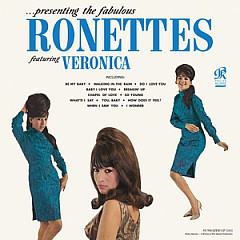
(Walking) In the RainThe Ronettes
Ronnie Spector nailed the vocal for The Ronettes song "(Walking) In the Rain" on the first take -- unheard of in the perfectionist producer Phil Spector's world.
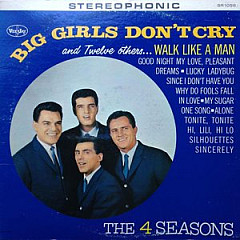
Walk Like a ManThe Four Seasons
The Four Seasons' "Walk Like a Man" was the first Hot 100 #1 hit to feature a simile in its title.
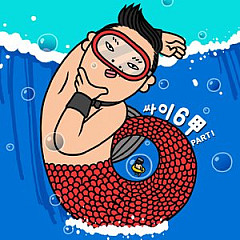
Gangnam StylePsy
YouTube were forced into an upgrade after PSY's "Gangnam Style" broke the video-sharing website's hit counter. Once the tune reached 2,147,483,647 views, the maximum positive value for a 32-bit signed binary integer in computing, the view-counter could no longer work.

Soul ManSam & Dave
"Soul Man" was a new term when the song was written in 1967. As defined by Sam & Dave, the "soul man" was a farmer "comin' to ya on a dusty road."
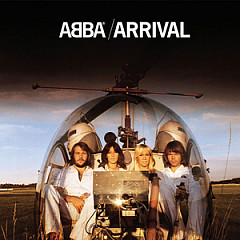
Dancing QueenABBA
ABBA's Bjorn Ulvaeus and Benny Andersson conceived "Dancing Queen" as a dance song with the working title "Boogaloo," drawing inspiration from the 1974 George McCrae disco hit "Rock Your Baby." Their manager Stig Anderson came up with the title "Dancing Queen."

The Way We WereBarbra Streisand
"The Way We Were" was the first of five Hot 100 #1 singles recorded by Barbra Streisand. She is the only artist ever to receive an Oscar, Tony, Emmy and Grammy as well as record a #1 single and album.
Editor's Picks
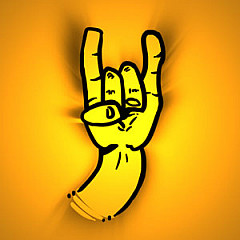
Classic MetalFact or Fiction
Ozzy, Guns N' Roses, Judas Priest and even Michael Bolton show up in this Classic Metal quiz.
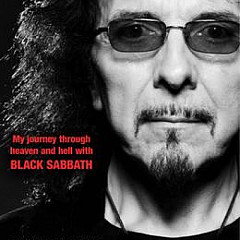
Black SabbathFact or Fiction
Dwarfs on stage with an oversize Stonehenge set? Dabbling in Satanism? Find out which Spinal Tap-moments were true for Black Sabbath.

Amy Lee of EvanescenceSongwriter Interviews
The Evanescence frontwoman on the songs that have shifted meaning and her foray into kids' music.

90s MetalFact or Fiction
Test your metal - Priest, Maiden, and Beavis and Butt-head show up in this one.
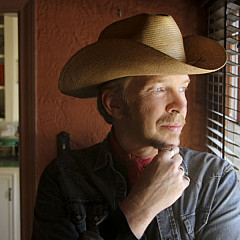
Dave Alvin - "4th Of July"They're Playing My Song
When Dave recorded the first version of the song with his group the Blasters, producer Nick Lowe gave him some life-changing advice.

Holly Knight ("The Best," "Love Is A Battlefield")Songwriter Interviews
Holly Knight talks about some of the hit songs she wrote, including "The Warrior," "Never" and "The Best," and explains some songwriting philosophy, including how to think of a bridge.

